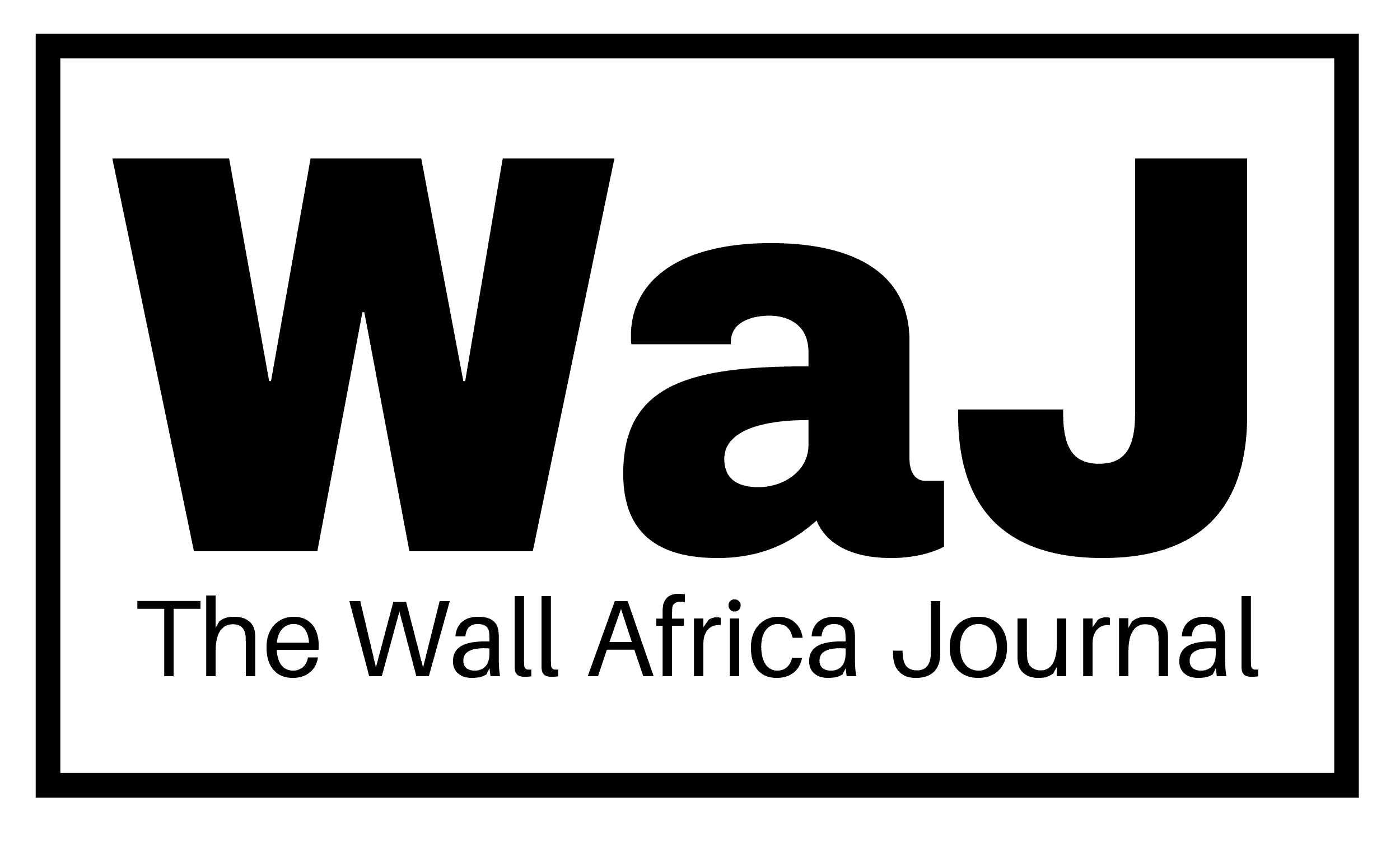Somalia has unveiled a new national energy roadmap that targets tripling the country’s renewable energy capacity by 2030, a move designed to cut high electricity costs, increase rural access, and reduce heavy reliance on imported diesel fuel.
The plan, developed in coordination with the International Renewable Energy Agency (IRENA), outlines an ambitious jump in renewable output—from just 54 megawatts in 2023 to nearly 400 megawatts by the end of the decade. Off-grid power generation is also expected to grow by at least 30%, particularly in underserved regions such as Galmudug and Jubaland.
“This isn’t only about lighting homes—it’s about powering essential services like schools, clinics, and water infrastructure,” said Abdullahi Bidhan Warsame, Minister of Energy and Water Resources.
Somalia faces steep electricity costs, currently ranging between $0.60 and $1.00 per kilowatt-hour—among the highest in Africa. Over 80% of Somalis lack access to grid electricity, relying instead on fragmented, diesel-powered mini-grids run by private operators. These systems, often inefficient and under-regulated, have become a bottleneck for broader development.
According to IRENA’s latest assessment, Somalia is well positioned for a renewable transition, with abundant solar potential across much of the country and strong wind resources in coastal regions like Puntland and Somaliland. However, progress has been limited by years of underinvestment, lack of regulatory clarity, and the absence of a national grid.
The roadmap calls for updated solar and wind mapping, creation of a centralized energy database, and development of a national framework to guide investment, licensing, and electricity pricing. The Electricity Act passed in 2023 lays the foundation, but its implementation remains slow.
A standout model cited in the report is a hybrid solar power plant in Baidoa. Developed through a public-private partnership, the 2.8 MW facility provides energy to UN agencies and local institutions, using solar panels, battery storage, and diesel backup. The project, set to transfer to state control after 15 years, demonstrates the potential for scalable, community-aligned clean energy.
The Somali diaspora, which sends home over $1.3 billion annually, also represents a key opportunity. Many families already fund small-scale energy systems and backup generators. The government aims to create formal investment channels to harness this capital for broader, regulated energy development.
Beyond electricity, the strategy includes new approaches to cooking fuel. With over 90% of households still using firewood or charcoal, deforestation and health risks remain serious concerns. Pilot projects promoting clean cooking alternatives—such as biogas, solar cookers, and eco-briquettes—are underway in towns like Beledweyne and Garowe.
A critical component of the strategy is building a skilled workforce. IRENA recommends establishing a national training initiative focused on energy technicians, including project-based learning and the introduction of certified technical standards.
The energy transition roadmap is expected to feed into Somalia’s upcoming Nationally Determined Contribution (NDC 3.0), part of its commitments under international climate agreements. Though Somalia contributes minimally to global carbon emissions, officials and experts say it has an opportunity to lead by example in building a low-carbon energy future.
“With no legacy infrastructure holding it back, Somalia can leap directly into a clean energy economy,” said Francesco La Camera, IRENA’s Director-General.
As Somalia continues its broader post-conflict rebuilding process, the success of this strategy will depend on sustained political support, international partnerships, and meaningful involvement of local communities in shaping the future of energy in the Horn of Africa.



